Growth of the Automotive Sector
The expansion of the automotive sector is a significant driver for the OPW Airbag Fabric Market. As vehicle production increases, so does the need for safety features, including airbags. Recent data indicates that the automotive industry is on a growth trajectory, with production levels expected to rise by approximately 4% annually. This growth is likely to translate into a corresponding increase in demand for airbag fabrics, as manufacturers seek to equip their vehicles with the latest safety technologies. Consequently, the OPW Airbag Fabric Market stands to benefit from this upward trend, as more vehicles on the road necessitate enhanced safety measures.
Consumer Awareness and Preferences
Consumer awareness regarding vehicle safety is evolving, significantly impacting the OPW Airbag Fabric Market. As individuals become more informed about the importance of airbags in reducing injury during accidents, their preferences shift towards vehicles equipped with advanced safety features. This heightened awareness is driving manufacturers to prioritize the integration of high-quality airbag fabrics in their designs. Market Research Future suggests that consumers are willing to pay a premium for vehicles that offer superior safety features, which in turn propels the demand for innovative airbag solutions. Thus, the OPW Airbag Fabric Market is likely to see increased investment in fabric technology to meet these changing consumer expectations.
Regulatory Pressures and Compliance
Regulatory pressures surrounding vehicle safety are a crucial driver for the OPW Airbag Fabric Market. Governments worldwide are implementing stricter safety regulations that mandate the inclusion of airbags in vehicles. Compliance with these regulations necessitates the use of high-quality fabrics that can withstand the demands of deployment and performance. As a result, manufacturers are increasingly focused on sourcing advanced materials that meet these regulatory standards. This trend not only ensures consumer safety but also enhances the reputation of manufacturers in the market. The OPW Airbag Fabric Market is thus positioned to grow as companies adapt to these regulatory changes and invest in compliant fabric technologies.
Rising Demand for Vehicle Safety Features
The increasing emphasis on vehicle safety is a primary driver for the OPW Airbag Fabric Market. As consumers become more aware of safety features, manufacturers are compelled to enhance their offerings. The demand for airbags, which utilize specialized fabrics, is projected to grow significantly, with estimates suggesting a compound annual growth rate of around 5% over the next few years. This trend is further fueled by stringent safety regulations that require advanced airbag systems in new vehicles. Consequently, the OPW Airbag Fabric Market is likely to experience heightened demand as automakers strive to meet these evolving safety standards, thereby ensuring consumer protection and compliance.
Technological Innovations in Fabric Production
Technological advancements in fabric production are reshaping the OPW Airbag Fabric Market. Innovations such as the development of lightweight, high-strength materials enhance the performance and reliability of airbags. These advancements not only improve safety but also contribute to fuel efficiency in vehicles. The integration of smart textiles, which can monitor conditions and respond accordingly, is also gaining traction. As manufacturers adopt these technologies, the market is expected to witness a surge in demand for advanced airbag fabrics. This shift indicates a potential for increased market share for companies that invest in research and development, thereby positioning themselves as leaders in the OPW Airbag Fabric Market.


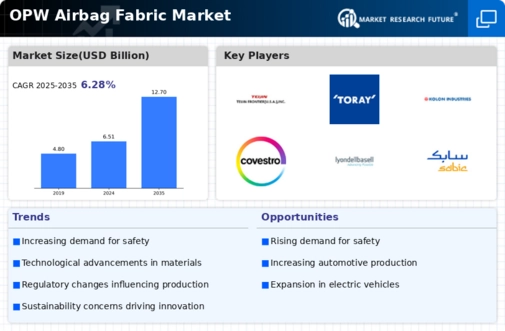
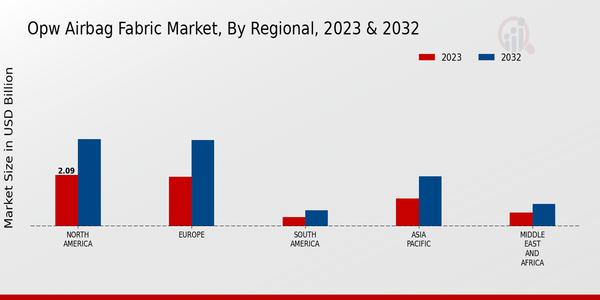
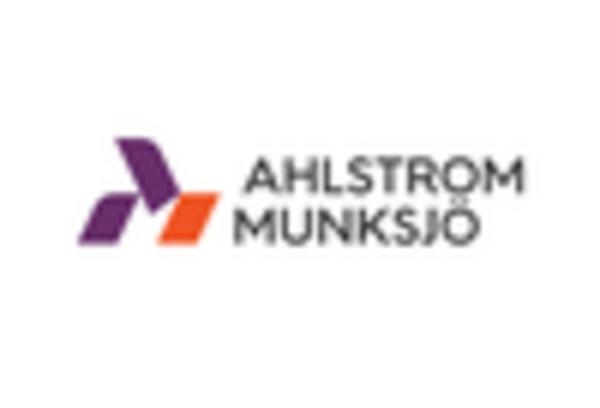
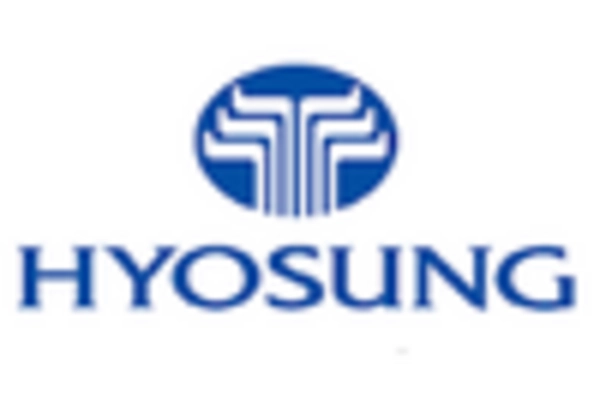
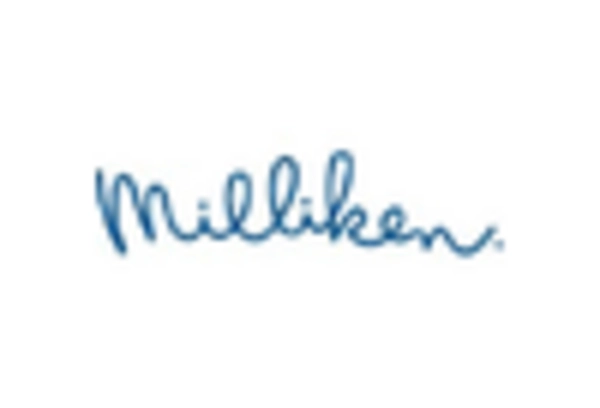


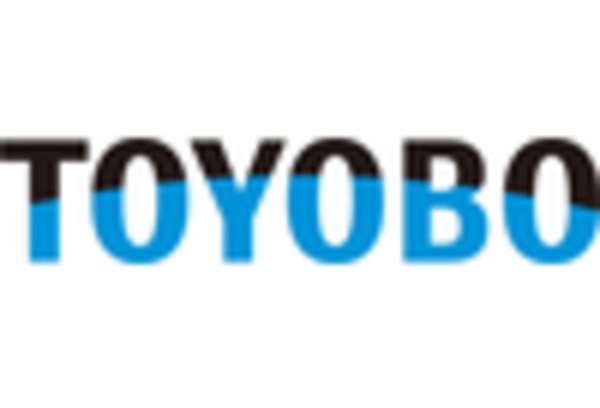








Leave a Comment